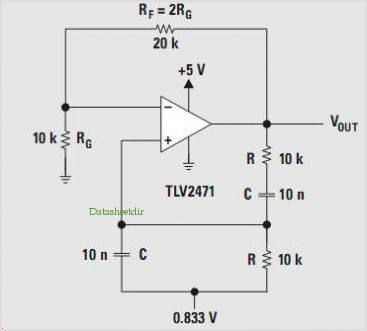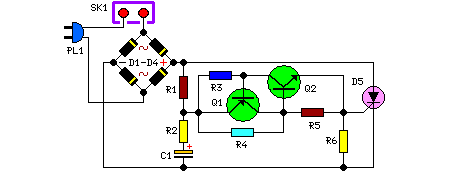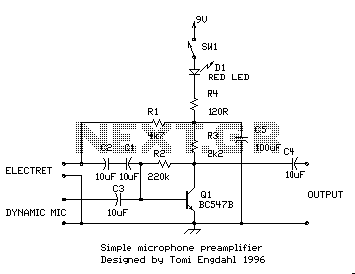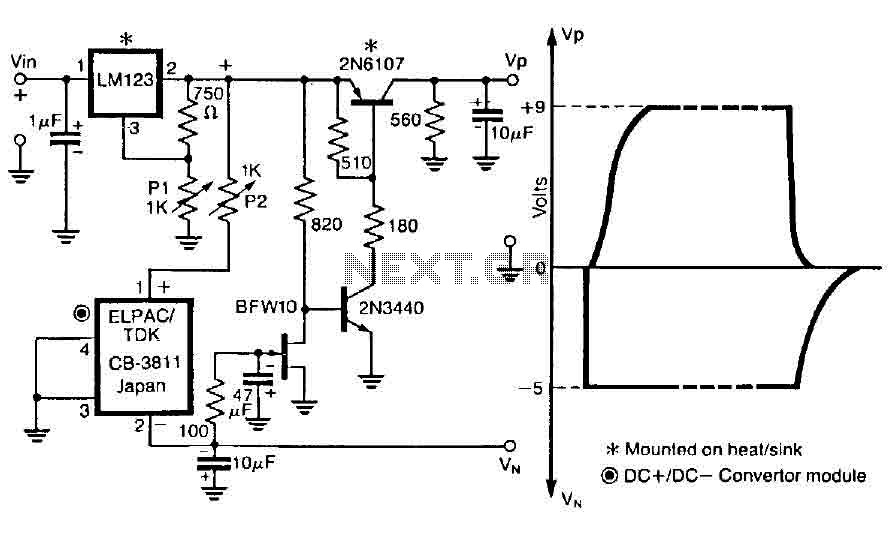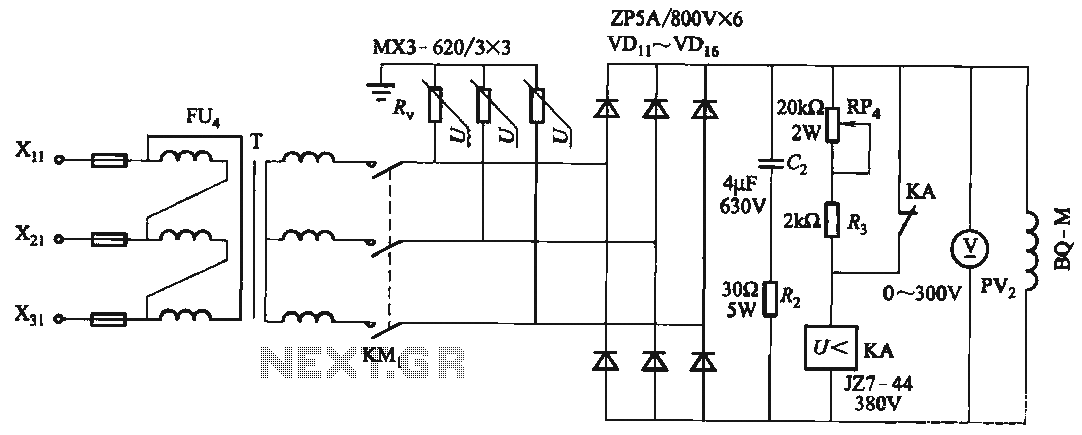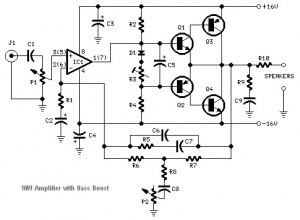
op amp Detect real overcurrent/short-circuits vs. current peaks

A MOSFET is employed to drive a load that includes a sense resistor in its current path. The voltage across this resistor is utilized to trigger a circuit capable of disconnecting the load in the event of an overcurrent condition. However, this task is complicated by the fact that various types of loads can produce significant pulses when connected, such as input capacitors, which may lead to temporary overcurrents that inadvertently trigger the latch. To address this, the current sense voltage is fed into a capacitor. The challenge arises because higher currents can damage the MOSFET and other circuitry at an exponential rate, while the voltage from the current sense affects the capacitor in a less-than-linear manner. Adjusting the capacitor value for a suitable current/time ratio to trigger the latch can result in a scenario where a higher current takes too long to trigger, whereas tuning for high currents may cause overshooting at lower currents. There has been consideration of utilizing a thermistor instead of a capacitor due to its more appropriate response curve; however, thermistors tend to be too slow for the application, as a response time of approximately 40 microseconds is required at 200A. An idea has emerged to implement an integrator operational amplifier to measure the product of current and time. Questions have arisen regarding the sensibility of this approach and whether there exists an industry standard practice for such cases, as the complexity of the issue seems disproportionate to its commonality. The primary concern is not the capability of the components, such as whether the operational amplifier can drive the MOSFET at specified currents, but rather the need to trigger based on prolonged high current conditions rather than brief, acceptable surges.
A circuit utilizing a MOSFET to drive a load with a current sense resistor involves several critical components and considerations. The MOSFET serves as a switch, controlling the power delivered to the load based on the current flowing through the sense resistor. The voltage drop across the sense resistor is proportional to the load current, which is monitored to detect overcurrent conditions.
In this configuration, the sense resistor is placed in series with the load, and its voltage is fed into a comparator circuit or an operational amplifier configured as an integrator. This integrator can provide an output that represents the integral of the current over time, effectively measuring the product of current and duration. By integrating the current, the circuit can distinguish between short-duration current spikes and sustained overcurrent conditions.
The output of the integrator can be fed into a latch circuit, which will activate when a predetermined threshold is crossed, indicating that the current has exceeded safe levels for too long. This design approach mitigates the risk of false triggering caused by transient pulses from the load. The choice of components, such as the operational amplifier, must ensure that it can handle the expected current levels and provide a fast enough response time to engage the MOSFET before damage occurs.
In addition to the primary components, it may be beneficial to include filtering capacitors to smooth out transient signals and protect the circuit from noise. A feedback mechanism could also be integrated to adjust the sensitivity of the circuit to different load conditions, allowing for greater flexibility in operation.
Overall, this circuit design addresses the complexities associated with overcurrent detection in a load with dynamic characteristics, providing a reliable solution to protect the MOSFET and associated circuitry from damage. Further research into industry standards and best practices may yield additional insights into optimizing the design for specific applications.A MOSFET that drives a load. The load has a sense resistor in its current path and its voltage is used to trigger a circuit that can disconnect the load if we detect an over current condition. But it wasn`t that easy. Many kinds of loads generate large pulses when connected (input capacitors, etc), so temporal overcurrents can actually trigger the latch, so we fed
that current sense voltage into a capacitor. It looks like this: The issue is that higher currents will kill the MOSFET (and other existing circuitry) exponentially faster, while higher voltages (from the current sense) will change the capacitor less than linearly faster. If we tweak the value for a reasonable current/time to trigger the latch, a higher current will take too long, while tuning for a high current will overshoot at lower currents.
We have been thinking about using a thermistor instead of a capacitor (right response curve) but they all seem to be too slow for our case (at 200A we have about 40us to shut off). Now there`s an idea of using an integrator op-amp to measure current*time. Does any of that make sense Is there a industry standard practice for this sort of case This can`t really be this complicated, it feels like it should be a common issue.
can it Isn`t it :) Our issue is not about the components (whether the op-amp will be able to drive the MOSFET at X Amps), it is about triggering in `this is too high too long` rather than on `high current but short and okay` situations. I`ve removed the device names accordingly :) 🔗 External reference
A circuit utilizing a MOSFET to drive a load with a current sense resistor involves several critical components and considerations. The MOSFET serves as a switch, controlling the power delivered to the load based on the current flowing through the sense resistor. The voltage drop across the sense resistor is proportional to the load current, which is monitored to detect overcurrent conditions.
In this configuration, the sense resistor is placed in series with the load, and its voltage is fed into a comparator circuit or an operational amplifier configured as an integrator. This integrator can provide an output that represents the integral of the current over time, effectively measuring the product of current and duration. By integrating the current, the circuit can distinguish between short-duration current spikes and sustained overcurrent conditions.
The output of the integrator can be fed into a latch circuit, which will activate when a predetermined threshold is crossed, indicating that the current has exceeded safe levels for too long. This design approach mitigates the risk of false triggering caused by transient pulses from the load. The choice of components, such as the operational amplifier, must ensure that it can handle the expected current levels and provide a fast enough response time to engage the MOSFET before damage occurs.
In addition to the primary components, it may be beneficial to include filtering capacitors to smooth out transient signals and protect the circuit from noise. A feedback mechanism could also be integrated to adjust the sensitivity of the circuit to different load conditions, allowing for greater flexibility in operation.
Overall, this circuit design addresses the complexities associated with overcurrent detection in a load with dynamic characteristics, providing a reliable solution to protect the MOSFET and associated circuitry from damage. Further research into industry standards and best practices may yield additional insights into optimizing the design for specific applications.A MOSFET that drives a load. The load has a sense resistor in its current path and its voltage is used to trigger a circuit that can disconnect the load if we detect an over current condition. But it wasn`t that easy. Many kinds of loads generate large pulses when connected (input capacitors, etc), so temporal overcurrents can actually trigger the latch, so we fed
that current sense voltage into a capacitor. It looks like this: The issue is that higher currents will kill the MOSFET (and other existing circuitry) exponentially faster, while higher voltages (from the current sense) will change the capacitor less than linearly faster. If we tweak the value for a reasonable current/time to trigger the latch, a higher current will take too long, while tuning for a high current will overshoot at lower currents.
We have been thinking about using a thermistor instead of a capacitor (right response curve) but they all seem to be too slow for our case (at 200A we have about 40us to shut off). Now there`s an idea of using an integrator op-amp to measure current*time. Does any of that make sense Is there a industry standard practice for this sort of case This can`t really be this complicated, it feels like it should be a common issue.
can it Isn`t it :) Our issue is not about the components (whether the op-amp will be able to drive the MOSFET at X Amps), it is about triggering in `this is too high too long` rather than on `high current but short and okay` situations. I`ve removed the device names accordingly :) 🔗 External reference
